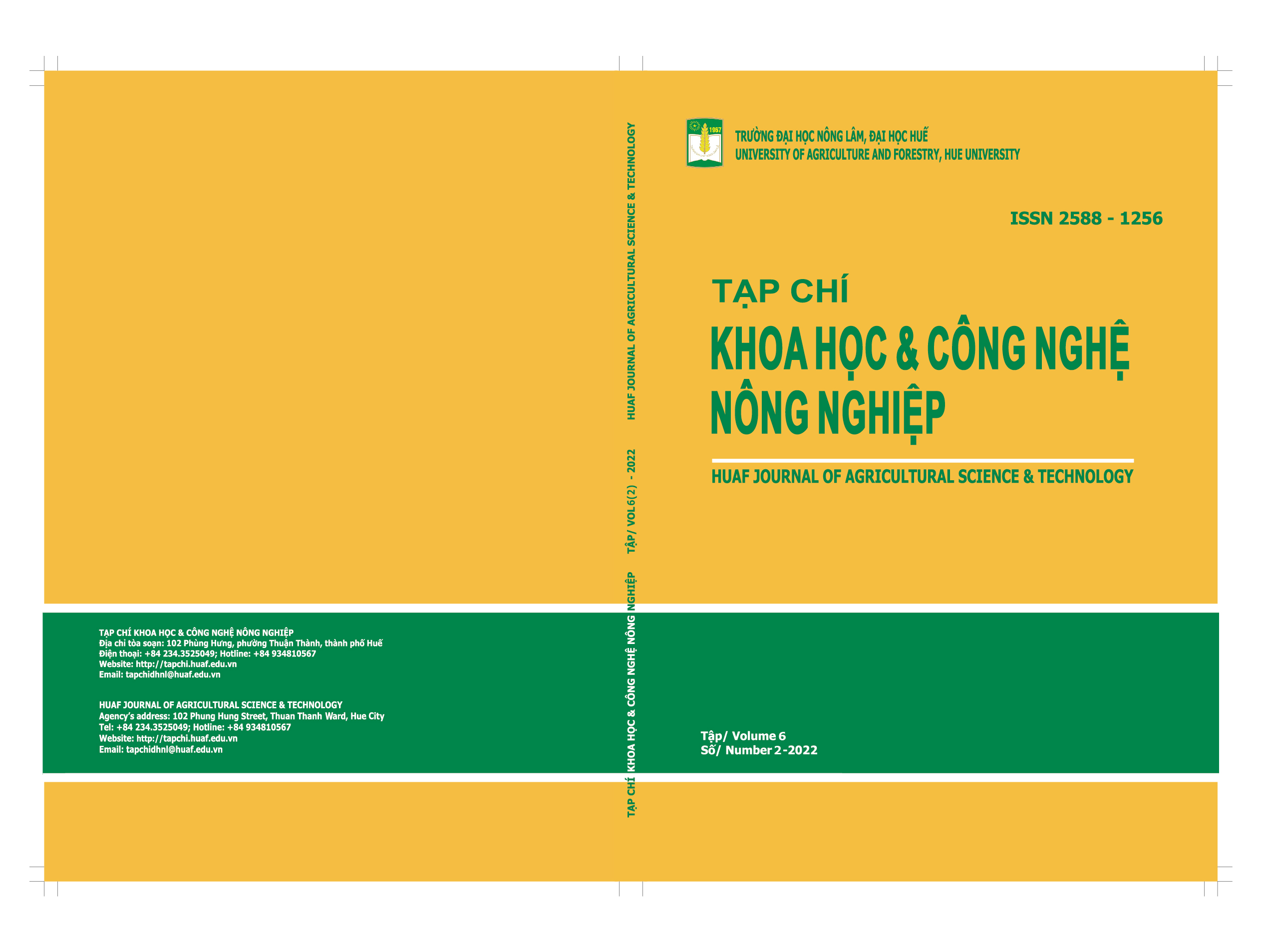##plugins.themes.huaf_theme.article.main##
Abstract
This paper presented the growth, development, yield and bioactive of herbal plant (Phyllanthus amarus Schum. et Thonn) that was planted on two different soil conditions (alluvial and gray degraded soil). The results showed that the plants grown on alluvial soil (rich nutrient) was better than on gray degraded soil (poor nutrient) in terms of growth, development and yield. The growth rate of the plants on the alluvial soil reached 54.18 cm higher than those in the gray degraded soils (48.38 cm) after 60 days culture. This difference is statistically significant, (p < 0.05). Theoretical and actual yield results on alluvial soil reached 7.00 and 4.10 tons/ha and on gray degraded soil only reached 6.50 and 3.60 tons/ha, respectively. The research findings also showed that bioactives (alkaloid, polyphenol, flavonoid and tannin) presented when they are extracted by ethanol that are collected from both alluvial and gray degraded soil. However, tannin and alkaloid compounds of plants planted in gray degraded soil showed more pronounced positive reaction result (+++) than alluvial soil samples.

